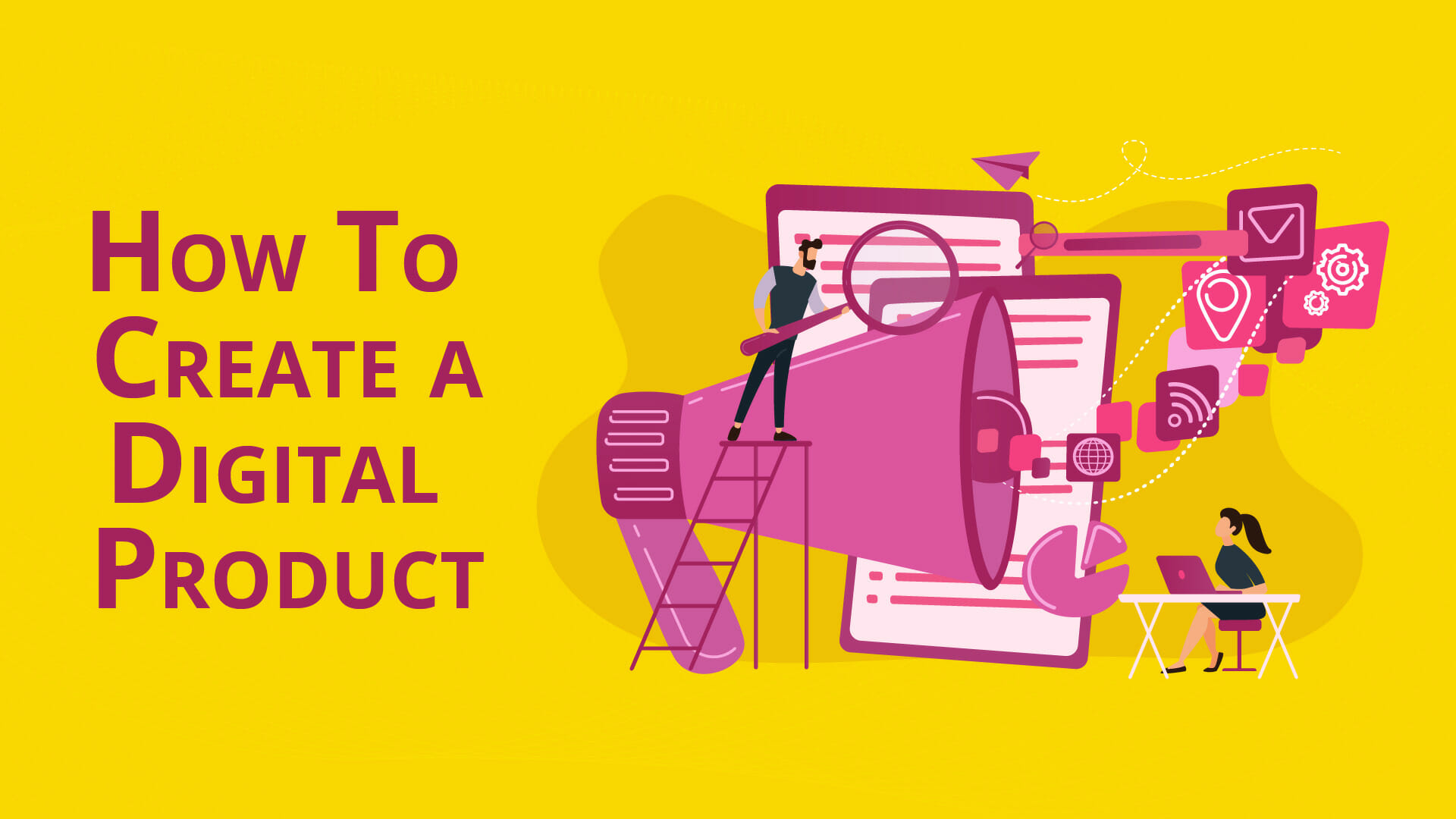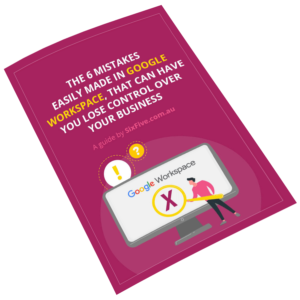
Anyone with a computer and internet connection can plan, create, and launch a digital product.
Not only are physical products easier to develop and distribute than their physical counterparts, but they can also be much less expensive. Plus, they’re an extremely popular way to share and consume new information.
A rule of thumb for defining digital products is this: if it’s delivered electronically and can be used/downloaded electronically, it’s considered a digital product.
Digital products come in many different formats, which include:
Productised services
Ebooks
Templates
Podcasts
Software
Digital arts and graphics
Online courses
Webinars
Video content
Why Should You Create a Digital Product?
Digital products are incredibly easy to incorporate into your marketing strategy, and different products work for every stage of your funnel.
As an example, you could:
Use them as lead magnets to widen your existing audience
Give them away as bonuses or freebies
And of course, sell them as a primary product or as an extra revenue stream
There are plenty of revenue-generating opportunities you could explore. But first, you need to identify which type(s) of product(s) will be the most profitable for your business.
In this article we’ll teach you how to create a digital product, from brainstorming to launching.
How to Create a Digital Product, Step-by-Step
Brainstorm Potential Products
Brainstorming isn’t just about jotting down a million ideas. First and foremost, it’s about conducting proper research, so you can come up with ideas that are more likely to work.
Both customer research and competitive research will help you establish your value proposition and offer something your audience would actually download or pay for.
Customer research: Survey your customers to understand their current pain points and aspirations. Once you know what they’re going through, it’s easier to create a product they’ll be happy to pay for.
Competitor research: What types of products is your competition already selling? And what is their audience (which is essentially your audience) saying about them?
Frequently asked questions: You could use your product to answer questions about your work and your business. This then becomes an opportunity to show your expertise in this area and provide some real value to the reader.
Ideally, you’ll be able to find the sweet spot between a product you’re excited about and a product your audience cares about.
Decide on a Product Type
After you’ve done your research, you should have testable ideas for potential products.
You might have discovered that your customers would be interested in checklists, whereas your biggest competitor offers an ebook as their lead magnet. So, maybe, investing in written content would be a good idea. Maybe.
That isn’t a rule, by the way. You could definitely differentiate yourself from the competition by offering video or audio content. You don’t know anything before you test your assumptions.
At this point, don’t worry about your skillset. It’s easy to get stuck in thoughts like “I have no skills to design an ebook or edit videos.” Still, try not to let a lack of skills prevent you from taking action.
Plan It Out
Now that you’ve carried out your research and your data has helped you decide on a product type, it’s time to start planning and iterating.
(This stage can be a long one, but don’t overthink it. Remind yourself that you’re creating something once that you can sell many times, so naturally, there’s work involved.)
When planning out your product, there are essential questions you need to document:
What type of product are you going to be creating?
Where will it be sold?
Who are you going to be selling to? Who is your audience?
What’s the desired outcome of the product, and how will it help your audience achieve it?
Who will be responsible for creating the marketing materials, such as landing pages?
Which tools will you be using to create and set up the landing pages for your product?
Which tools will you use for collecting payments?
Which tools will you be using to manage your daily tasks?
Where will you keep your order details?
How will you be tracking your progress?
During the planning stage, it’s essential that you set clear, measurable goals for your product’s pre-selling and launch phase. You’ll also need a comprehensive product roadmap to outline your product’s functionalities and remain in control of your product lifecycle.
Pre-Sell It
Before creating the product itself, you should strongly consider pre-selling your product.
By selling the idea of your product before you sell the product itself, ready, you’ll add another layer of validation to your product ideas. This will ensure that you’re creating something your target audience really wants, while preventing unnecessary costs.
Setting up a waiting list page for your digital product (even if it hasn’t been created yet) will give you an idea of how many people your product appeals to.
By tracking your analytics, you’ll keep an eye on how much traffic is directed to your page. To say nothing of the thrilling sense of exclusivity it will produce for your existing audience.
We’d recommend that you start by creating a simple landing page, nothing too fancy, to promote your potential product to your audience. Use the details from the research and planning stage to write a persuasive message and call-to-action for your waiting list.
The call to action can be as simple as a single form with an email address input. You will start to collect some names of people genuinely interested!
Create It
Now it’s time to write your ebook. Create your videos. Design your landing pages. And outsource any services (such as design, editing, and copywriting) you might need.
Start doing it, even if it feels difficult at first. This is far from being the final product – but once the material is finally created, the hardest part will be done.
Don’t shortcut design. Make it look great and professional. There are lots of templates out there that you can use if you don’t have a designer (checkout canva.com), or you could try a fiverr.com gig to get it made up.
Launch It
Once your product is ready to go, you’ll need to create a sales page, a thank-you page and also an email sequence that will follow up the sale.
A sales page will lead buyers to cart by clearly stating the value of your product in a persuasive manner.
A thank-you page will, of course, thank them for buying — but it’s also a great opportunity to install a 1-question survey. You can ask buyers what led them to purchase your product, so you can better understand your audience and refine your marketing strategy in the future.
An email sequence will ensure you nurture your relationship with existing customers, so you’ll be able to sell more products (and get more referrals!) in the future.
Before you launch, be sure to quadruple-check your product. Is it working as it should? Does the video file play correctly? Do you see any typos?
Remember to check, check, check.
The Work Isn’t Over After the Launch!
Your product should evolve as your audience evolves, so be ready to collect feedback and use those insights to tweak your product. The great thing about digital products is that they can be easily updated and redistributed.
The people that get your digital product are also interested in you, so follow them up to find out how else you can help them.
Keep in mind that the product roadmap you’ve created is a living document, and you should keep documenting your product lifecycle in the same central dashboard.
On a final note, your product won’t ever be 100% finished. There will always be room for improvement and brand new product ideas where your first one came from.

